10 Orchid-like Plants You Didn't Know You Needed
Posted by Adam Kostanecki on May 25th 2021
While we excel here at Orchids Limited/OrchidWeb in the production of high quality orchids, our greenhouses also allow for the cultivation of several other rare and unique orchid-like plants. Many of these require similar care and culture to orchids, making for an easy addition to a hobbyist's collection. Come along with me as we step outside of our typical assortment of orchids and get to know 10 orchid-like plants that you didn't know you needed - until now!
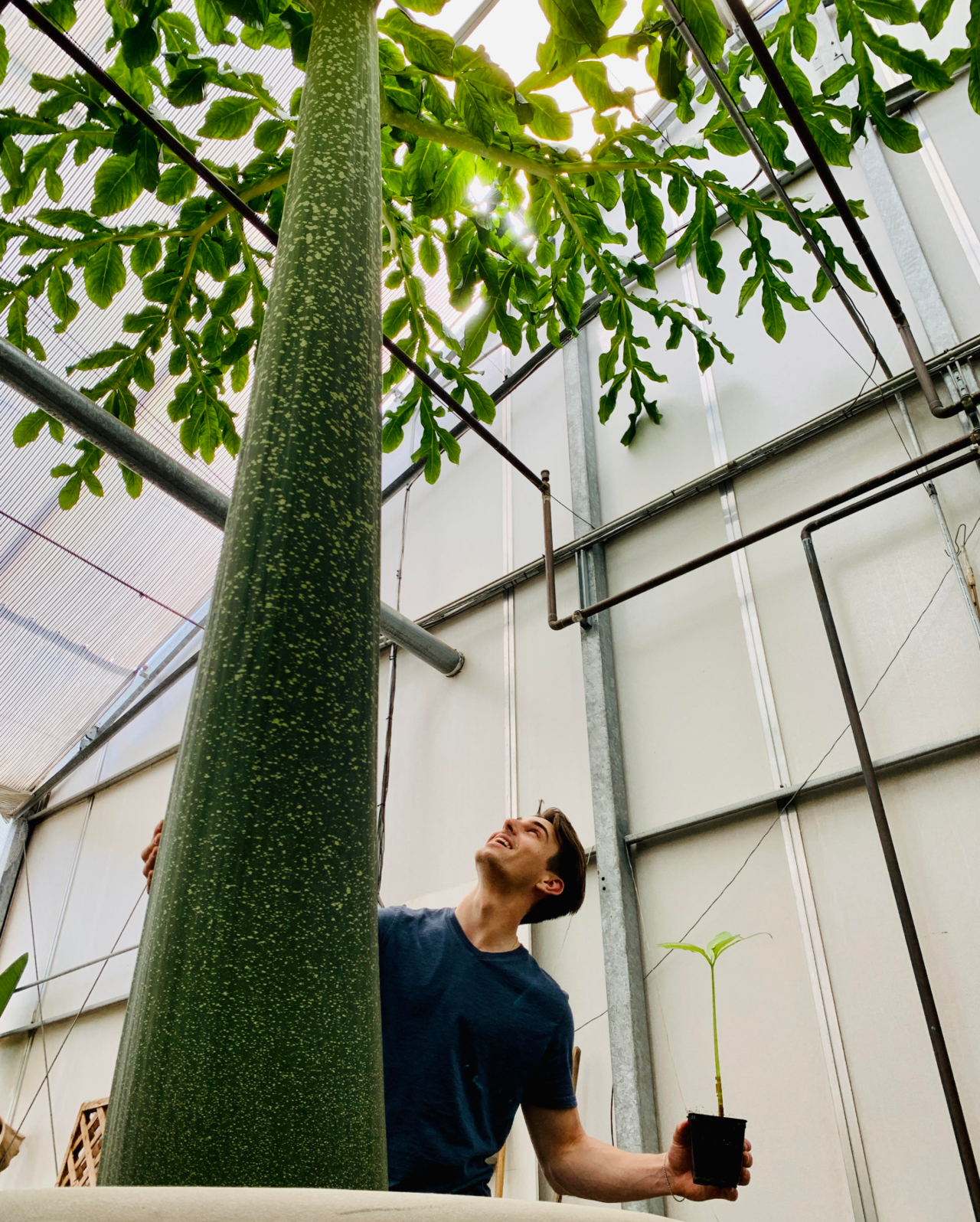
1. Amorphophallus titanum (Giant Corpse Flower) - Found in the aroid family, Amorphophallus are exotic plants that are known for their huge flowers and distinct odor. When in bloom, this genus makes it obvious to anyone in the vicinity how they earned the common name, "Corpse Flower." Amorphophallus titanum is one of the world's 3 largest flowers, reaching up to 10 feet tall after 7 to 10 years of growth! Pollinated and grown from seed entirely by ourselves, these first-year seedlings are truly for the plant collector extraordinaire! (After this blog, if you haven't checked out our post and video from when we bloomed TWO Corpse Flowers days just days apart, we recommend it).
2. Amorphophallus konjac - Also known as the "Voodoo Lily" or "Devil's Tongue," this species of Amorphophallus will grow a single leaf (up to 3.5 feet across) atop a stem that is covered in retro purple splotches. This is an excellent option for those who would like to flower an Amorphophallus sooner, with the bulb needing to be at least 7 inches wide before blooming. As an added bonus, this plant readily produces pup-like bulbs once well established.
3. Disocactus ramulosus - Commonly known as the "Red Mistletoe Cactus," these seedlings are a fun addition to any succulent collection, whether you're a beginner or expert. As the common name may suggest, the leaves take on a red color when exposed to bright light. With some of these seedlings already 20" in length, give them some room to droop over the sides of the pot once the growths have elongated and before you know it, you'll have a beautiful red-and-green hanging cactus at home.
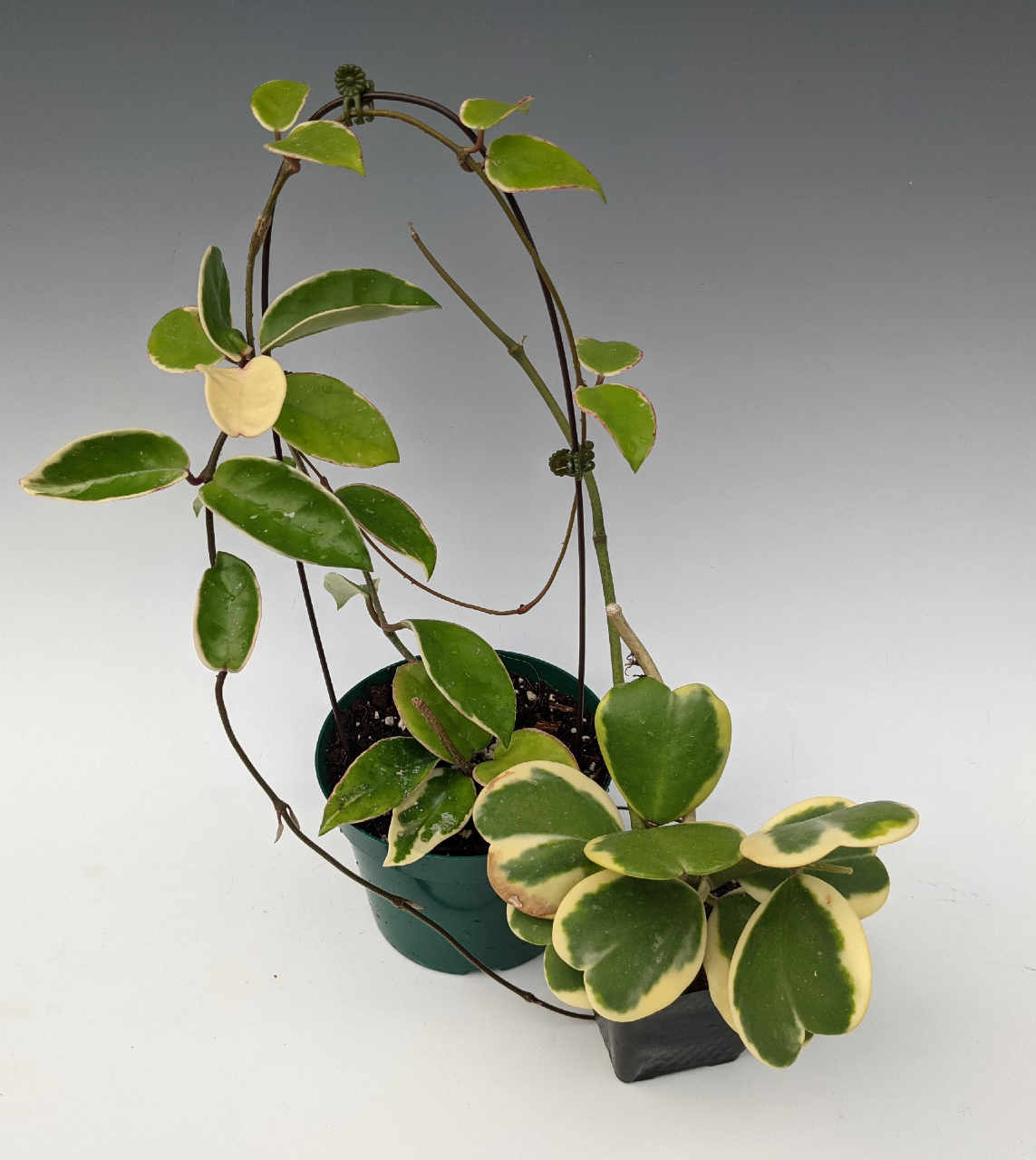
4. Hoya species - It's likely that you've come across the genus Hoya in your travels across trending plant articles. Partaking in the popularity of Hoya, we offer two species: Hoya carnosa, which flowers with the scent of chocolate-covered cherries, and Hoya kerrii, which grows heart-shaped leaves. Beloved in the houseplant community, there is sure to be a form of these two species that will delight any beginner or experienced Hoya collector - especially the variegated types!
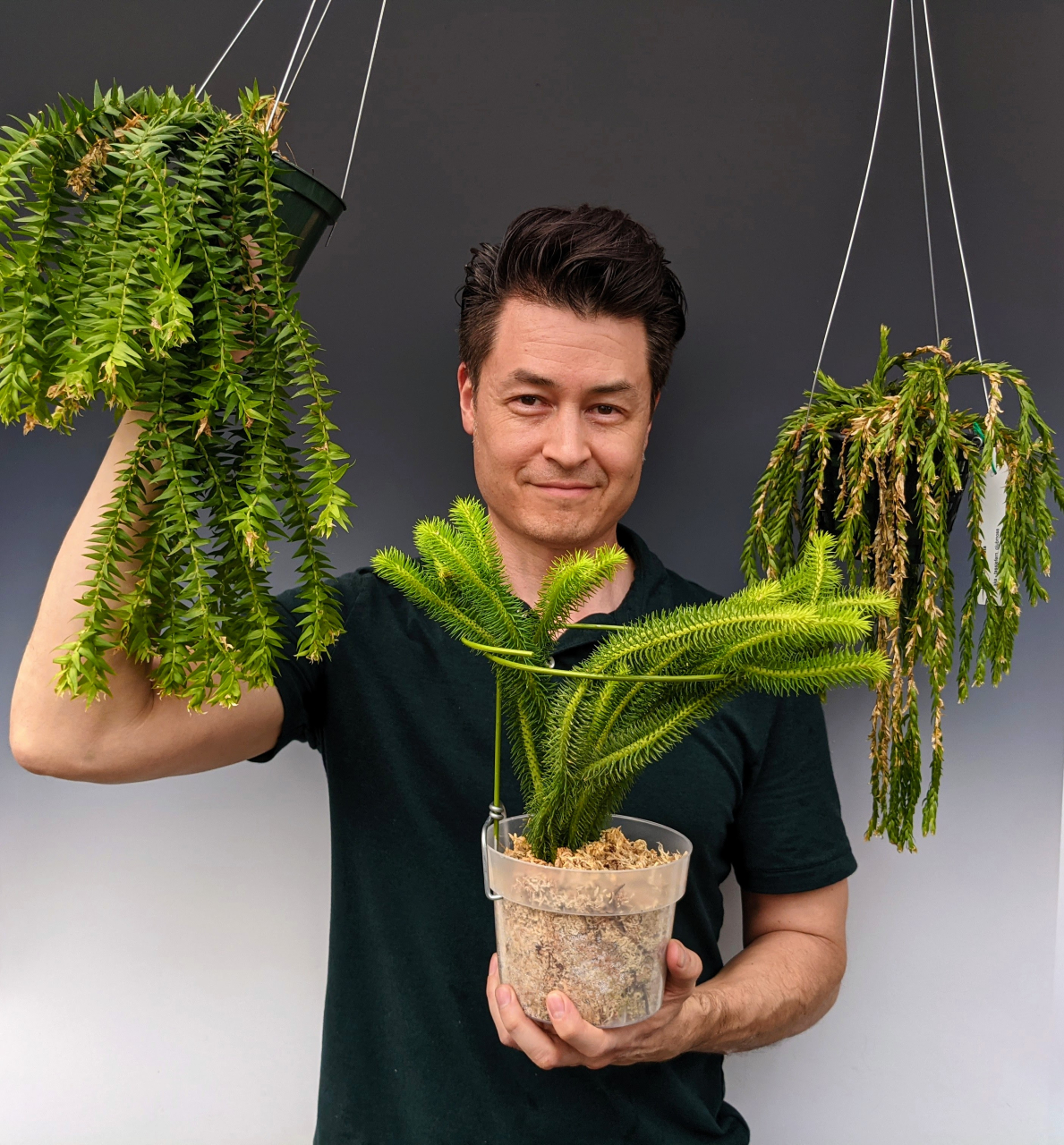
5. Huperzia species - Commonly known as the "clubmosses," plants within this genus belong to the Lycophytes. This group evolved over 400 million years ago as one of the earliest forms of plants with vascular tissue, granting them the ability to conduct water and nutrients rather than relying on osmosis. We offer Huperzia squarrosa seedlings for the collector interested in growing this rare plant from scratch, or established specimen plants for those looking for an immediate collection centerpiece. There is quite a variety, so be sure to check out all the species we have available!
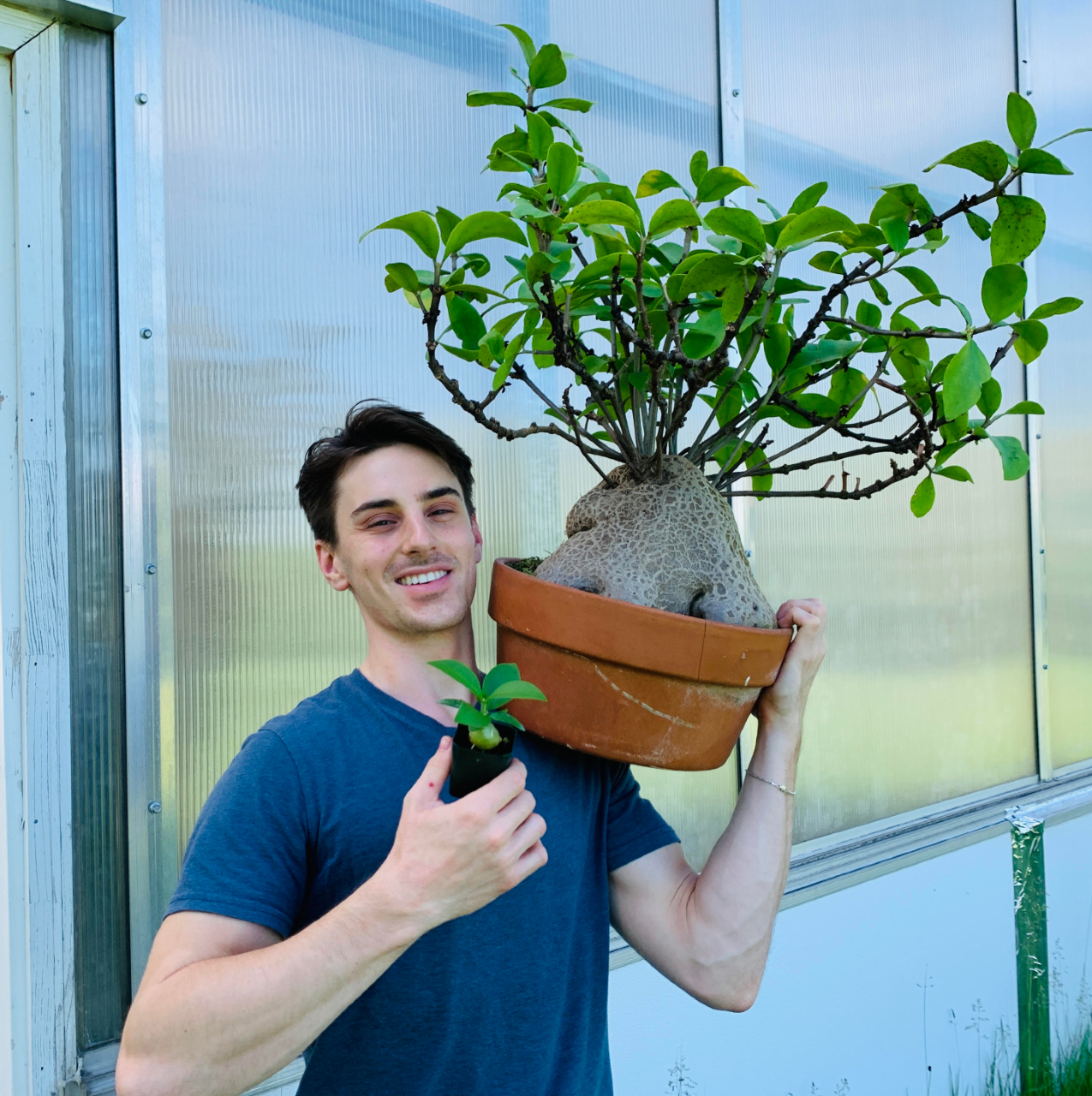
6. Hydnophytum formicarum - One of many genera that are commonly referred to as "Ant Plants", this genus has a natural relationship with ants that live within the channels of their tuberous base. No need to worry though - you won't be bringing any ants into the house with your purchase of this plant! As per the photo of our 40+ year-old specimen plant, the caudex (enlarged base) of this species can grow to an impressive size!
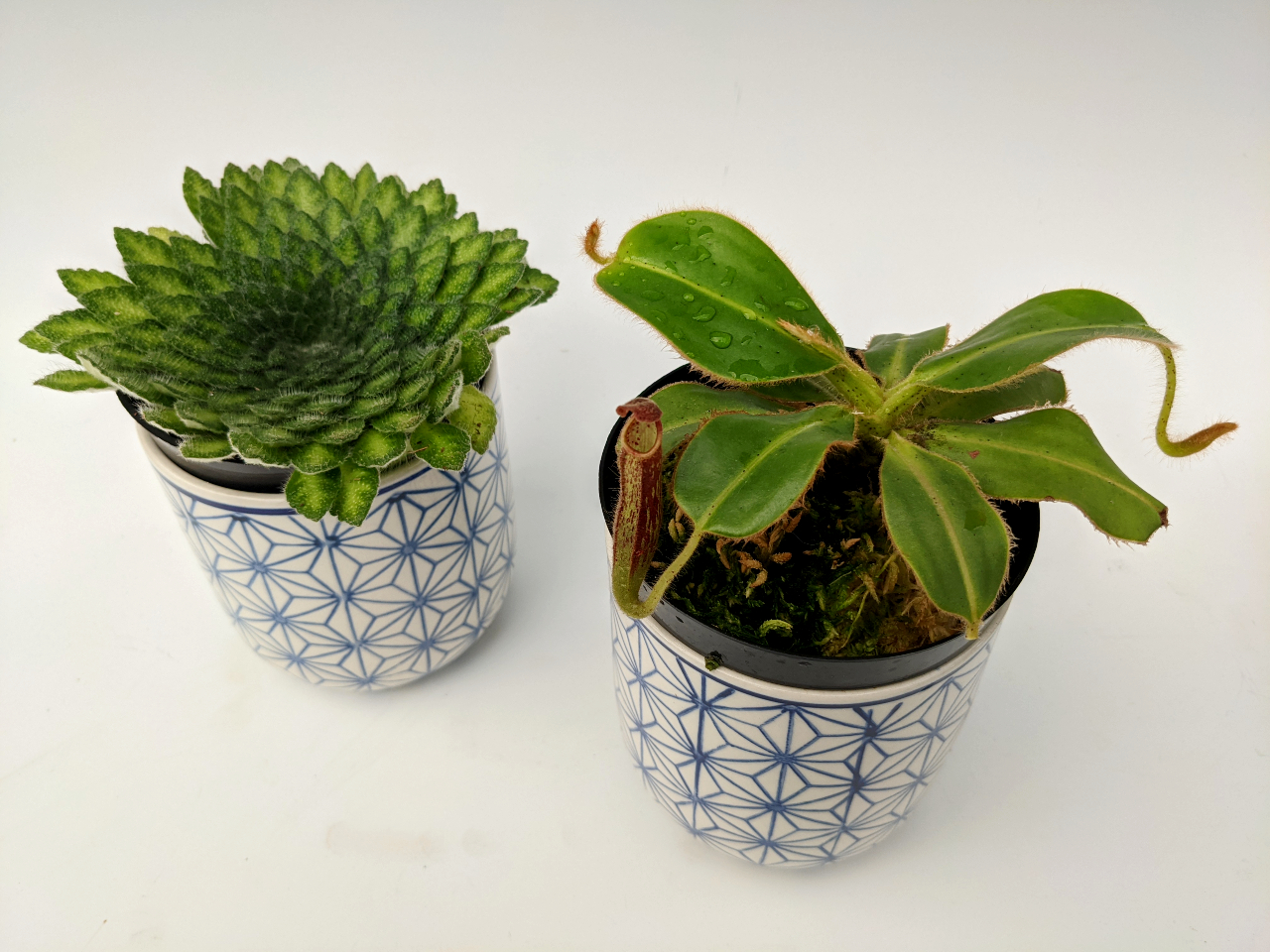
7. Nepenthes glandulifera - Originating from a mountainous region in Sarawak, Malaysia, this species produces black glands on its leaves, tendrils and pitchers that serve as a nectar lure for insects. Not only that, these glands also give off a sweet fragrance, detectable by a keen nose from up close. This hard-to-find Nepenthes species was grown in-house, from seedlings into pitcher-producing specimens, over the past 5 years!
8. Petrocosmea cryptica 'Whirlpool' - Sometimes referred to as a "tender alpine" species, this high-altitude growing African violet from China can tolerate temperatures down to just below freezing. We offer a unique clone named 'Whirlpool' which produces beautiful, dark green foliage that is textured with round bumps and white hairs.
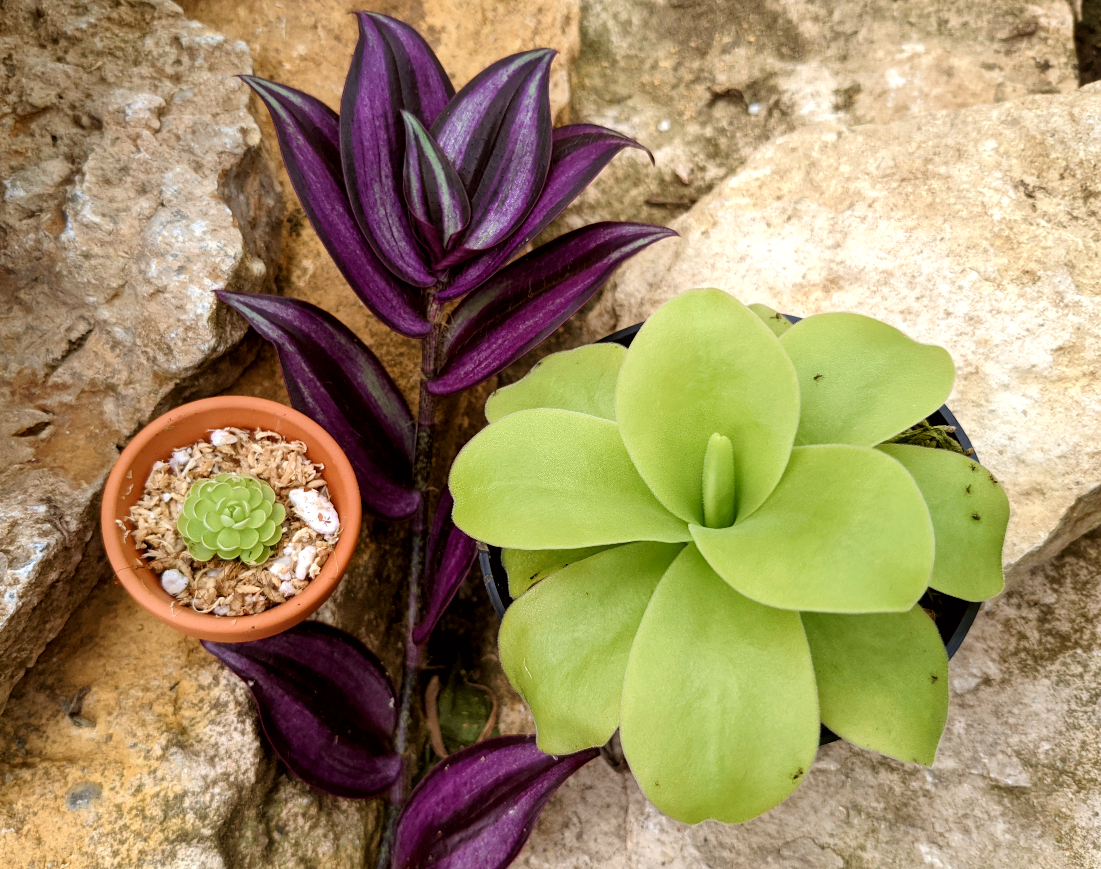
9. Pinguicula esseriana - A truly miniature Pinguicula that is only about 1 inch across! Interestingly enough, this species seems to have two distinct leaf forms (as can be seen in the pictures), and can drift back and forth between the two leaf shapes. Very easy to grow and very adorable, anyone can find space in their collection (and their heart) for Pinguicula esseriana.
10. Pinguicula gigantea - On the opposite end of the butterwort size spectrum, we find P. gigantea stretching its broad leaves up to 12 inches in leaf-span! Of much larger size relative to P. esseriana, this species of butterwort will be a powerhouse at catching the small fungus gnats that may exist in your other plant's potting mix. Keep moist, and these sticky-leaved plants will do an excellent job!
I hope this list of wildcard plants helps bring some diversity to your life and your plant collection! Perhaps next time someone asks about your hobby of growing orchids, you will be able to point out a unique, exotic plant from an entirely different branch of the tree of life. Just be sure to warn them before they get too close to smelling that Amorphophallus flower - in 7 years or so!
And with that, I'll see you on the next blog.
Cheers!
Adam Kostanecki

